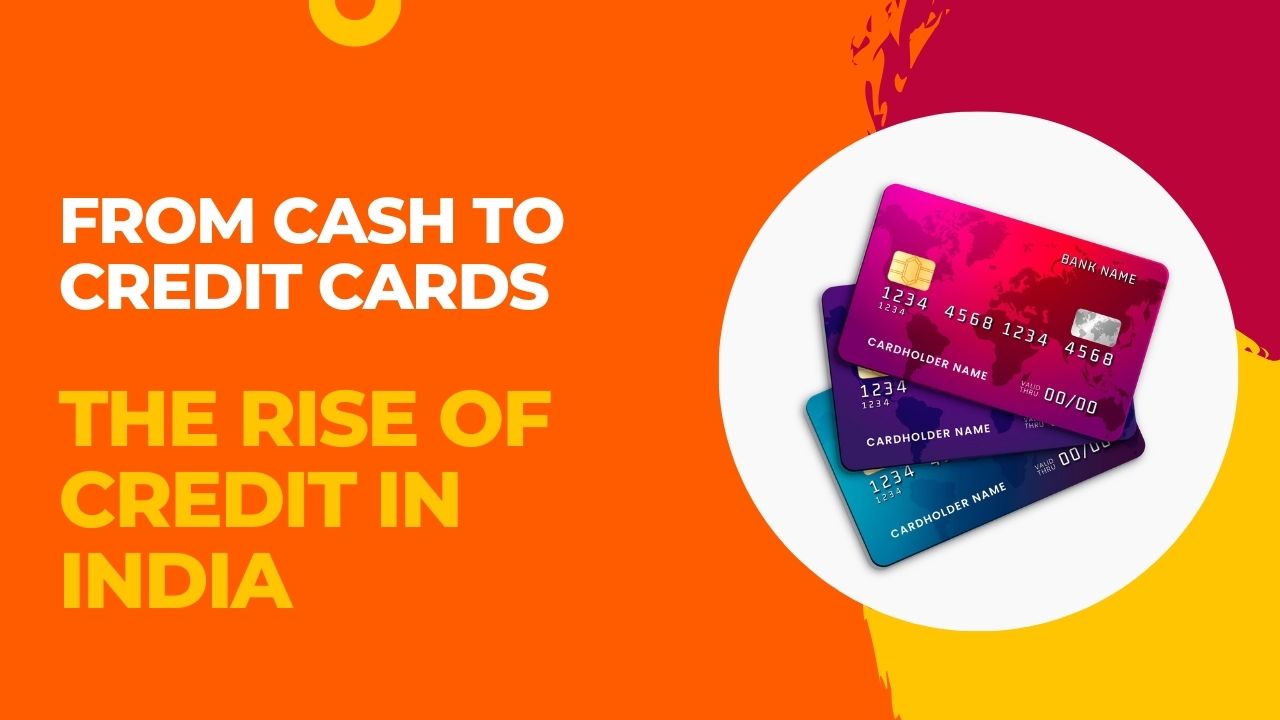India’s financial landscape has undergone a significant transformation in recent years. Traditionally known as a cash-dominant economy, the country is now witnessing a rapid shift towards digital payments, particularly credit cards. This change reflects a broader evolution in consumer behavior and financial management, signaling a move towards a more modern and financially inclusive society.
Table of Contents
The Historical Dependence on Cash
For decades, cash has been the cornerstone of financial transactions in India. The cultural and economic fabric of the country has been deeply intertwined with the use of cash, largely due to its accessibility and simplicity. In many parts of India, especially in rural areas, cash was not just a medium of exchange but a symbol of wealth and security.
The dominance of cash in India was reinforced by the informal economy, where large portions of transactions occurred outside the purview of formal banking channels. This cash-centric approach, however, presented several challenges. The reliance on physical currency often led to issues like black money, tax evasion, and a lack of financial transparency. Moreover, the limited reach of banking services meant that a significant portion of the population remained unbanked or underbanked, further entrenching the cash economy.
Factors Driving the Shift to Credit Cards
The shift from a cash-heavy economy to one that increasingly embraces credit cards has been driven by several key factors. One of the most significant catalysts was the demonetization event of 2016, which saw the government withdraw high-denomination currency notes from circulation. This move, aimed at curbing black money and promoting digital payments, accelerated the adoption of non-cash payment methods, including credit cards.
In addition to demonetization, the rapid growth of fintech companies and the digital banking sector has played a crucial role in this transition. These technological advancements have made it easier for consumers to access financial services, including credit. With the proliferation of smartphones and internet connectivity, more Indians now have the means to apply for and use credit cards, even in areas that were previously underserved by traditional banks.
Another factor contributing to the rise of credit cards in India is the increasing financial literacy among consumers. As more people become aware of the benefits of credit, such as the ability to manage expenses and build a credit history, the demand for credit cards has grown. Additionally, rising disposable incomes and urbanization have led to a shift in consumer preferences, with many opting for the convenience and rewards offered by credit cards.
The Surge in Credit Card Usage
The adoption of credit cards in India has seen a significant uptick in recent years. According to recent statistics, the number of credit cards issued in India has been steadily increasing, with millions of new users joining the credit ecosystem annually. This growth is not just limited to urban centers; even smaller towns and cities are experiencing a rise in credit card usage as digital infrastructure improves.
Several types of credit cards have become particularly popular among Indian consumers. Cashback and rewards cards, for instance, are highly sought after for the benefits they offer on everyday purchases. Travel credit cards, which provide perks like airline miles and hotel discounts, are also gaining traction among frequent travelers. These trends reflect the evolving needs and preferences of Indian consumers, who are increasingly looking for value-added services in their financial products.
The shift towards credit cards is also indicative of a broader change in consumer behavior. As more Indians move towards digital payments, the convenience and security of credit cards have made them an attractive option for managing daily expenses. Additionally, credit cards offer consumers the flexibility to make purchases without immediate payment, providing a financial cushion in times of need.
Benefits of Credit Cards for Indian Consumers
The growing popularity of credit cards in India can be attributed to the numerous benefits they offer. One of the primary advantages is the convenience of making transactions without the need for cash. Whether shopping online or in-store, credit cards provide a seamless payment experience, often coupled with the added security of fraud protection.
Credit cards also offer a range of rewards and discounts, which can be particularly appealing to Indian consumers. Many credit cards come with cashback offers on purchases, discounts on dining, travel benefits, and reward points that can be redeemed for various products and services. These perks not only add value to the consumer’s spending but also encourage the use of credit cards over cash or debit cards.
Another significant benefit of using credit cards is the ability to build a credit history. In a country where financial inclusion is a key goal, having a good credit score is essential for accessing loans and other financial products. Credit cards provide an opportunity for consumers to establish and maintain a credit history, which can be beneficial in the long run, especially when applying for larger loans like home or car loans.
Furthermore, credit cards play a crucial role in promoting financial inclusion in India. For many individuals, especially those who are new to the banking system, credit cards provide a gateway to other financial services. They offer an entry point to the formal financial sector, enabling consumers to participate more fully in the economy and access credit when needed.
Challenges and Concerns with Credit Card Adoption
Despite the many advantages, the rise of credit card usage in India is not without its challenges. One of the primary concerns is the risk of accumulating debt. Unlike debit cards, which are linked directly to a bank account, credit cards allow consumers to spend beyond their immediate means. This can lead to high levels of debt, especially if the outstanding balance is not paid off in full each month. The interest rates on unpaid credit card balances can be steep, leading to a cycle of debt that can be difficult to break.
Another challenge is the lack of financial literacy among some segments of the population. While awareness of credit cards is growing, not all consumers fully understand how to use them responsibly. This lack of knowledge can lead to misuse, such as overspending or missing payments, which in turn can negatively impact one’s credit score and financial health.
The adoption of credit cards also varies significantly between urban and rural areas. In rural and semi-urban regions, where digital infrastructure is still developing, the penetration of credit cards remains low. This disparity highlights the need for continued efforts to improve financial literacy and expand digital infrastructure across the country.
To address these challenges, it is essential to promote responsible credit usage. Financial institutions and government bodies can play a role in educating consumers about the importance of managing credit wisely, understanding the terms and conditions of credit card agreements, and the consequences of debt. Additionally, offering more flexible and accessible credit products tailored to the needs of different consumer segments can help mitigate some of the risks associated with credit card usage.
The Future of Credit Cards in India
Looking ahead, the future of credit cards in India appears promising. As the country continues to embrace digital payments, credit cards are likely to remain a key component of the financial ecosystem. The ongoing development of digital infrastructure, coupled with innovations in payment technology, is expected to drive further growth in credit card adoption.
One area of potential growth is the expansion of contactless payments. With the rise of near-field communication (NFC) technology, more credit cards are being equipped with contactless payment capabilities, allowing consumers to make quick and secure transactions without swiping or inserting their cards. This technology is particularly well-suited to the fast-paced urban environment, where convenience is a top priority for consumers.
Mobile wallets, which can be linked to credit cards, are also gaining popularity in India. These digital wallets offer the convenience of storing multiple payment options, including credit cards, on a single platform. As mobile payment apps continue to evolve, they may increasingly integrate credit card services, offering users a seamless payment experience.
The regulatory environment in India is also likely to play a role in shaping the future of credit cards. As the government continues to promote digital payments and financial inclusion, policies and regulations may evolve to encourage the responsible use of credit and ensure consumer protection. This could include measures to increase transparency in credit card fees and interest rates, as well as initiatives to improve financial literacy across the population.
Conclusion
The shift from cash to credit cards in India marks a significant chapter in the country’s financial evolution. Driven by a combination of government initiatives, technological advancements, and changing consumer behavior, credit cards have become an increasingly important part of the Indian financial landscape. While challenges remain, particularly in terms of financial literacy and debt management, the benefits of credit cards are clear. As India continues to move towards a more digital and cashless economy, credit cards are poised to play a central role in shaping the future of payments in the country.










